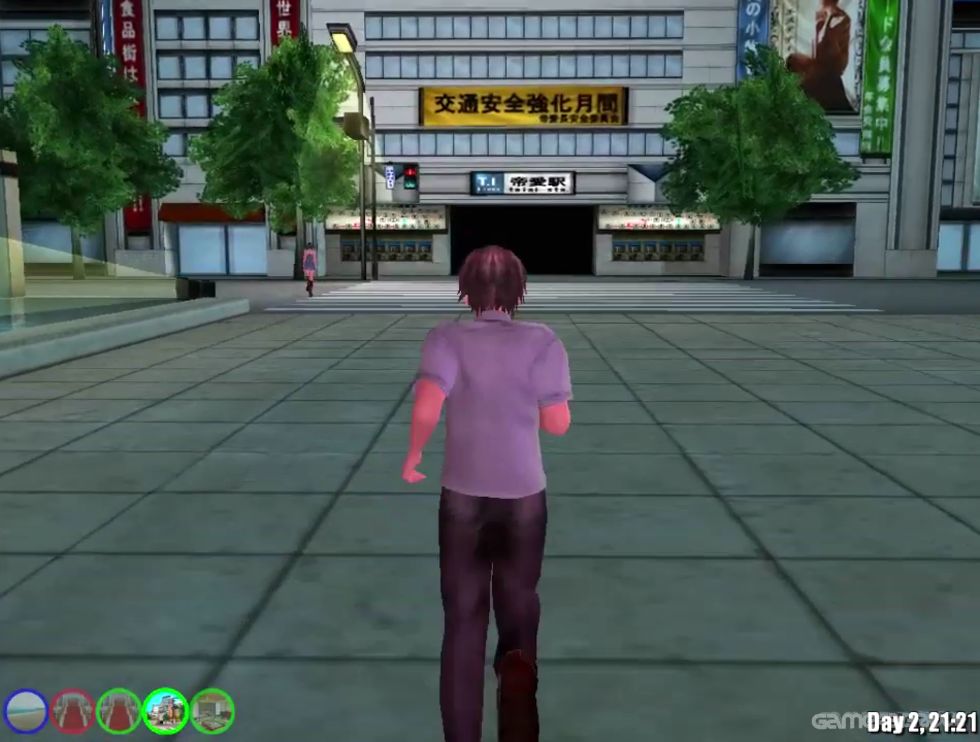


Commercially, Britpop lost out to teen pop, while artistically it segued into a post-Britpop indie movement characterised by bands such as Travis, Radiohead and Coldplay.Īndy Partridge (left) and Ray Davies (right) are sometimes cited as the "godfathers of Britpop". While music was the main focus, fashion, art and politics also got involved, with Tony Blair and New Labour aligning themselves with the movement.ĭuring the late 1990s, many Britpop acts began to falter commercially or break up, or otherwise moved towards new genres or styles. A chart battle between Blur and Oasis (dubbed "The Battle of Britpop") brought the movement to the forefront of the British press in 1995. The timespan of Britpop is generally considered to be 1993–1997, and its peak years to be 1994–1995. The most successful bands linked with Britpop were Blur, Oasis, Suede and Pulp, known as the movement's "big four", although Suede and Pulp distanced themselves from the term. Although the term was viewed as a marketing tool, and more of a cultural moment than a musical style or genre, its associated bands typically drew from the British pop music of the 1960s, glam rock and punk rock of the 1970s and indie pop of the 1980s. The movement brought British alternative rock into the mainstream and formed the backbone of a larger British popular cultural movement, Cool Britannia, which evoked the Swinging Sixties and the British guitar pop of that decade.īritpop was a media-driven focus on bands which emerged from the independent music scene of the early 1990s. It produced brighter, catchier alternative rock, partly in reaction to the popularity of the darker lyrical themes of the US-led grunge music and to the UK's own shoegaze music scene. Not to be confused with Bitpop or British pop music.īritpop is a mid-1990s British-based music and culture movement that emphasised Britishness.


 0 kommentar(er)
0 kommentar(er)
